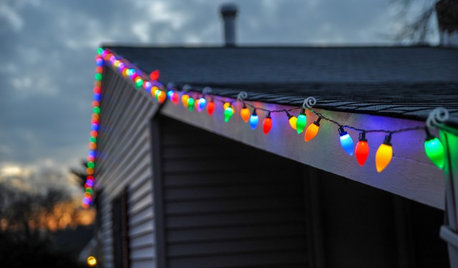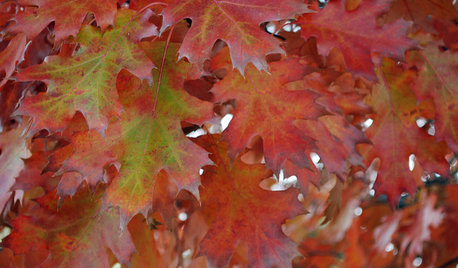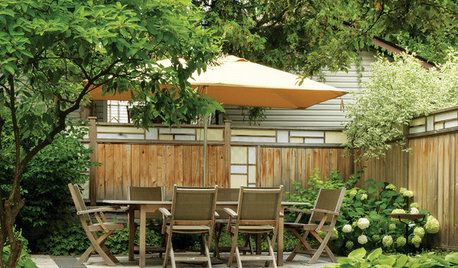Below is a summation of my current understanding of how to keep squirrels from climbing aboard fruit trees. I'm very interested in any input regarding non-lethal squirrel control from other fruit growers.
As far as I know, there are no studies that have carefully evaluated various strategies to stop squirrels from climbing up the trunks of trees so I’ve had to rely on random experimentation to try to discover a method that takes the least possible time to install that effectively deters these pests from climbing fruit trees and taking fruit.
I’ve tried aluminum flashing which commonly comes as 2’ rolls from which I cut wide enough pieces to completely wrap around the trunk of trees to be protected. At least four and preferably five feet of distance is required from the ground to first branches to exclude squirrels from jumping up to a branch to get aboard. I believe it takes about 3’ of trunk wrap starting one or two feet above the ground as squirrels I’ve watched have cleared 2’ from prone position jumping from where they are holding onto the trunk. I’ve always included something- either tangle trap to annoy them, just outside the metal or axle grease on the metal to stop traction.
This has been fairly affective and most years protects trees at most orchards I manage. I’m confident that squirrels have been deterred because some fruit often has already been removed by the time I get installations done and the removal usually stops immediately after installation. However this year my failure rate has been unacceptably high.
I stopped using the tangle trap because too many birds were getting killed by contacting the stuff and it was horrible stuff to work with- it didn’t always work anyway. Someone suggested on an internet thread that straight metal works better than greased metal because squirrels can actually get more traction from grease, but this year I used grease at most sites. I now believe the suggestion may be valid as scratch marks on the grease and grease on the trees indicates that greased metal was not always reliable. On my site, squirrels were climbing greased metal and removing apples from two trees but now seem to have stopped once grease was removed.
I believe now that while 4’ of branchless trunk is often adequate, squirrels are capable of jumping higher- at least some squirrels, some sites and 5’ may sometimes be necessary.
What I’m not quite sure of is the reliability of aluminum flashing compared to metal duct pipe. This is important because stapling aluminum is quicker and cheaper than dealing with duct pipe. Also the flashing comes in painted rolls making it more attractive. The staples on the flashing may create enough traction for squirrels to climb but on the two apple trees on my property I’ve got flashing on one and duct pipe on the other and the squirrels stopped removing apples from both once I removed the grease.
The duct pipe can't be attached too close to the trunks when using the self closure and so it must start at ground level or something metal like chicken wire must be wedged in to stop squirrels from squeezing in between metal and trunk.
I have found netting to be somewhat useful- I use double strand woven netting available from 7 Springs, and with trees too low for baffling it worked at a couple of sites this year although hungry squirrels will often chew through them- you just can’t be sure. Where the netting did work best was in combination with flashing on trees with inadequate length of trunk to work with flashing alone.
I should also note that mylar failed me this season because it is so thin that squirrels can press it against the tree to get traction. Also, in the past I've tried hot pepper and predator urine without any affect at all.

















jayco
glib
Related Professionals
Danbury Landscape Architects & Landscape Designers · Montgomeryville Landscape Architects & Landscape Designers · Willowick Landscape Architects & Landscape Designers · Westwood Landscape Contractors · Tempe Landscape Contractors · Cincinnati Landscape Contractors · Doctor Phillips Landscape Contractors · Eureka Landscape Contractors · Framingham Landscape Contractors · Galt Landscape Contractors · Homewood Landscape Contractors · New Baltimore Landscape Contractors · Sammamish Landscape Contractors · San Carlos Park Landscape Contractors · Spring Landscape Contractorsmaryhawkins99
nc_orchard
alan haighOriginal Author
jbclem
milehighgirl
alan haighOriginal Author
glib
maryhawkins99
thetradition
eukofios
alan haighOriginal Author
eukofios
alan haighOriginal Author
jbclem
midlin
alan haighOriginal Author
midlin
another_buffalo
Tony
mrsg47
ltilton
Michael
another_buffalo
alan haighOriginal Author
ltilton
alan haighOriginal Author
another_buffalo
olpea
another_buffalo
olpea
NorthGa7A
alan haighOriginal Author
olpea
another_buffalo
Konrad___far_north
MarkInAustin
Scott F Smith
olpea
Scott F Smith
alan haighOriginal Author
another_buffalo
olpea
VT-gardener
alan haighOriginal Author
drewbym
olpea
sharppa
alan haighOriginal Author